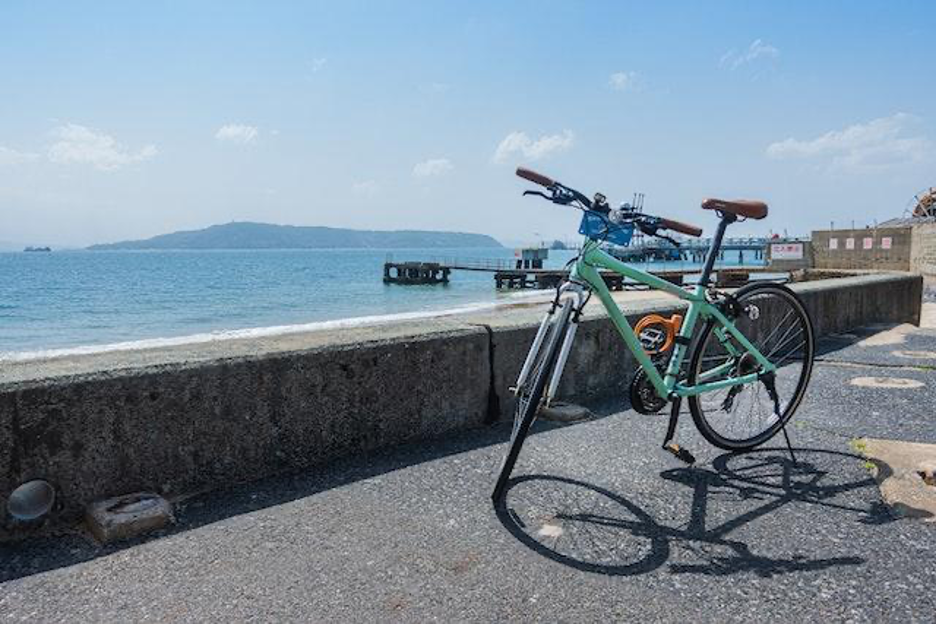How Do You Stop Erosion Behind a Seawall
- burns68
- Apr 1, 2023
- 2 min read

Erosion is a natural process that occurs when waves, tides and currents move sand and sediment away from the shoreline. It can become a serious problem when it affects structures built near the shoreline, including seawalls. Seawalls are commonly used to protect coastal properties from the damaging effects of erosion, but they can be undermined if erosion continues to happen behind them.
There are a number of ways to stop erosion from damaging a seawall. When Foremost Foundations and Construction sets out to repair erosion behind a seawall, these are the steps we follow.
Identify the Cause of Erosion
The first step in stopping erosion is to identify its root cause. The causes can vary from tidal action to storm surge to longshore drift. Understanding the cause allows us to determine the best course of action to prevent further erosion.
Assess Seawall Damage
Once we have identified the cause of erosion, we can assess the damage to determine if the seawall is still structurally sound. If the seawall is damaged, it may need to be repaired or replaced before addressing the erosion problem.
Provide Seawall Repair
If the seawall does need repair, our experts will use our single component polyurethane resin. It’s the best permanent repair and the least invasive method. This advanced technology allows us to repair leaking cracks and stabilize surrounding soil, permanently strengthening and repairing soil damage, plus preventing future erosion.
Add Buffer and Vegetation
Another thing you’ll want to pay attention to is the buffer zone (the area between the seawall and beach). If there’s no buffer zone, one can be created by adding a layer of sand or gravel between the seawall and beach. This zone will then absorb the waves and protect the seawall.
Vegetation can also help stop erosion behind a seawall. Vegetation like beach grass can stabilize the soil and prevent it from being washed away by waves and tides. Plus, the roots of the vegetation can help bind the soil together, making it more resistant to erosion.
Install a Drainage Solution
A drainage system can be installed behind the seawall to redirect water away from the structure. There are different ways to achieve this, such as by installing pipes or ditches that will carry water away from the seawall. It’s important to address drainage after a seawall repair, as this will prevent further damage.
Maintain the Seawall
Lastly, make sure that the seawall is well-maintained. This includes checking for signs of damage, such as cracks or bulges, and repairing them right away. Regular inspections will help to identify any erosion problems before they become too severe.
Foremost Foundations and Construction is a proud member of the Seawall Repair Network. To repair erosion behind seawall, we use polyurethane resin, which is fast, effective, economical and safe for the environment. Contact us to learn more about our approach to repairing seawalls.

Comments